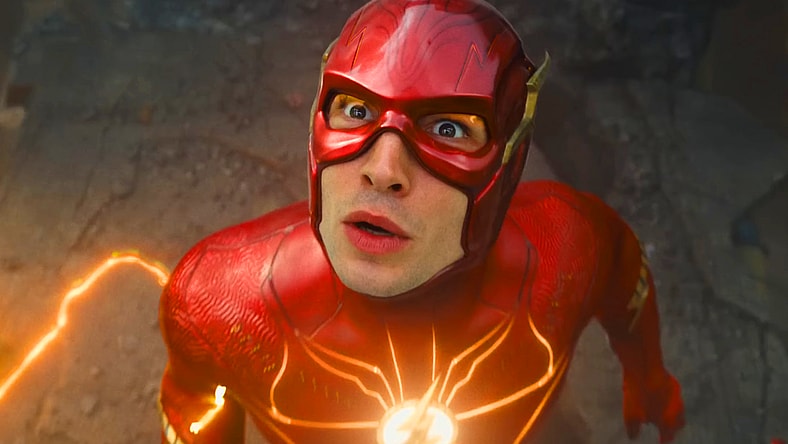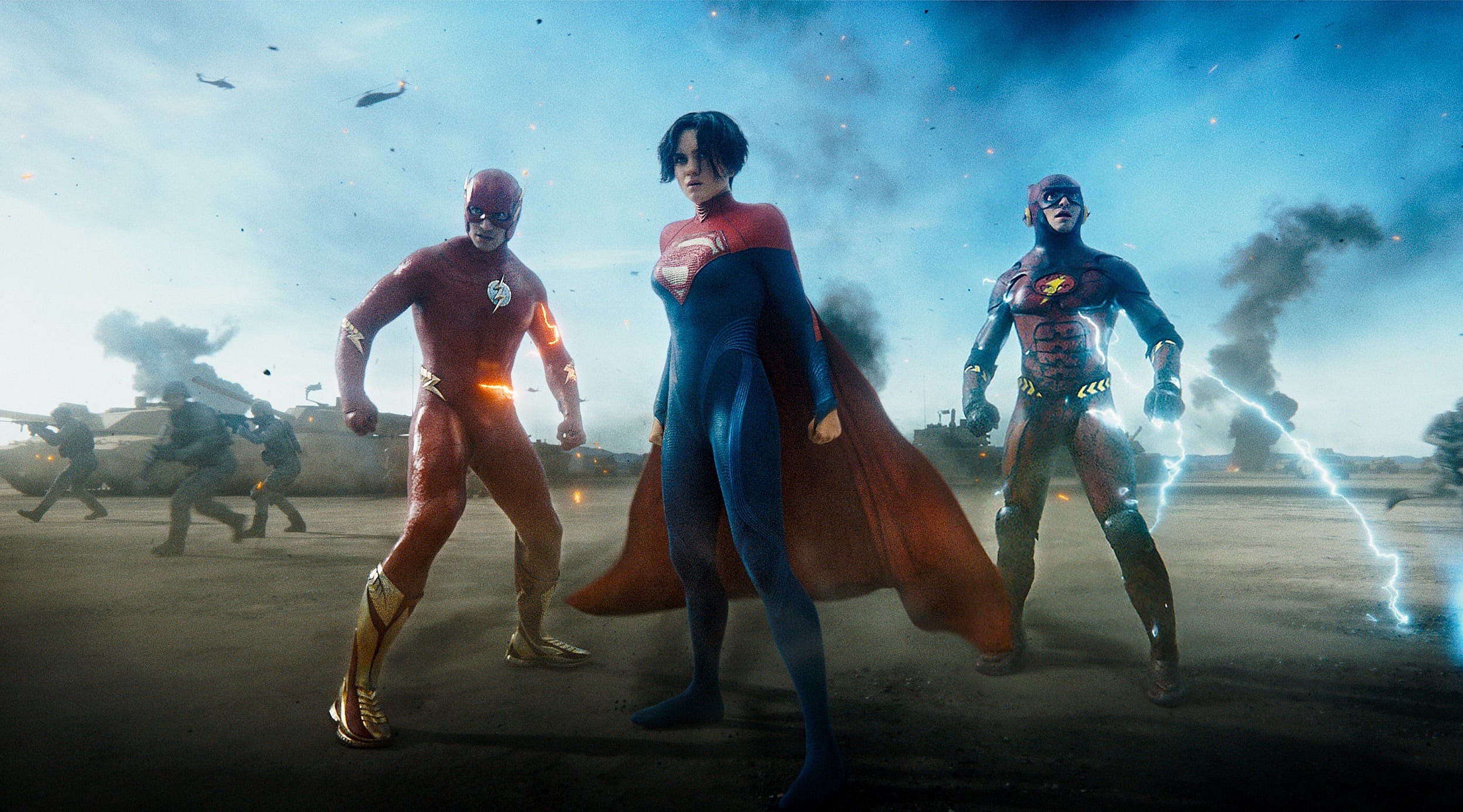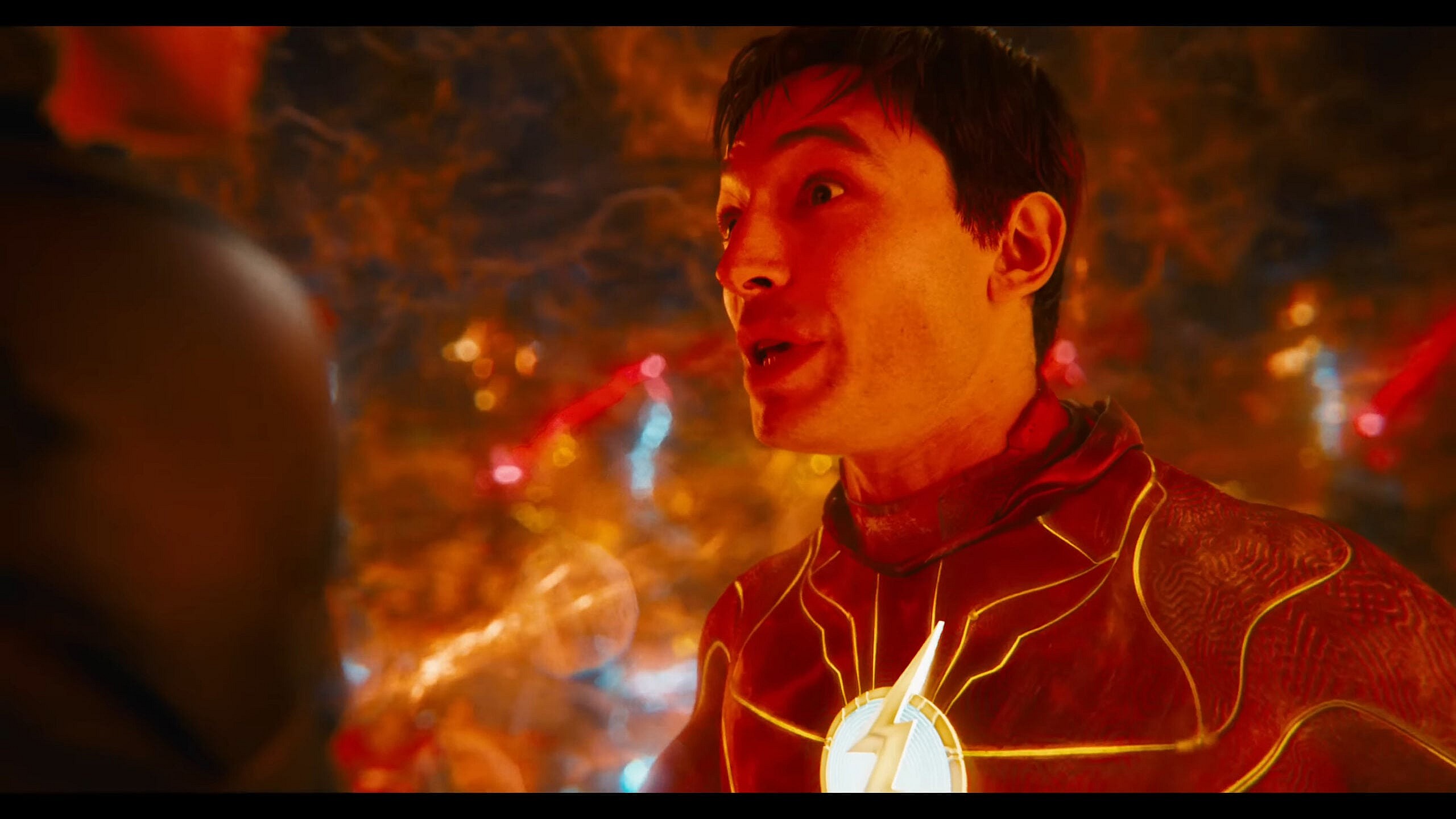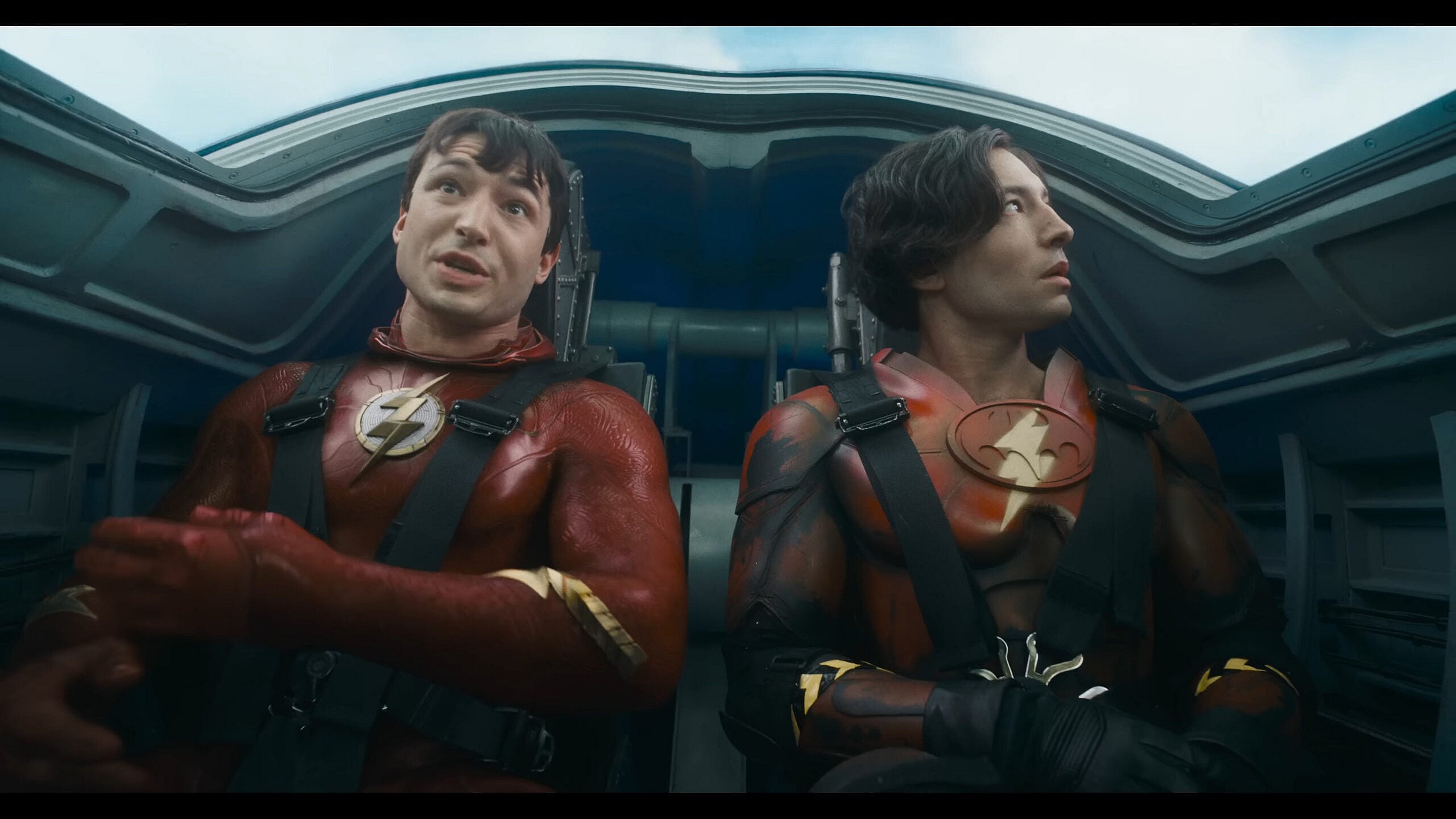‘The Flash’ Production Coordinator Admits Film Looks Terrible, Says “Insane Deadlines” To Blame For Hollywood’s Visual Failures

In the wake of its reveal as perhaps the worst-looking superhero film of the modern era, a member of the The Flash’s production team has warned that the lackluster visual fidelity of DC’s latest disaster is not a one-off failure, but rather a grim preview of Hollywood’s current greed-fueled trajectory.

This insight into the Scarlet Speedster’s cinematic stumble was first divulged courtesy of VFX artist and production coordinator Zach Mulligan.
Taking to his personal TikTok account, @no_the_robot, on June 20th, Mulligan declared, “If you thought The Flash had bad CGI, I can tell you why, because I worked on the movie.”
@no_the_robot The bad CGI in #theflash is just the tip of the iceberg. Poor VFX in superhero movies is all too common, and theres a reason for it. Not every movie can be Avatar, but Marvel, DC, Warner Bros, Disney, and Sony can all do something about it. They just choose not to. #vfx #vfxartist #animation #marvel #dcuniverse #batman #nicolascagesuperman #greenscreen #Inverted
“In the past couple years, it seems like there’s been an increase in the amount of complaints about bad CGI in super hero movies,” he began, citing such awful CGI creations as Axl’s talking-head-portal in Thor: Love and Thunder, the awakening of the titular hero’s third eye in Doctor Strange in the Multiverse of Madness, and the whole of Modok’s existence in Ant-Man and the Wasp: Quantumania. “And there’s a good reason for this, I mean, well, it’s not good, but you’ll see what I mean.”
“The way that VFX companies get work is that Marvel and WB and other studios will approach VFX comapnies and say ‘Hey, I have 2,000 shots that I need for this sequence’ and the VFX studios will place a bid based on that quantity of shots,” explained Mulligan. “But here’s the catch: the amount of work per shot varies dramatically, so one should could have wire removal, smoke sim[ulation], fire sim, face replacement, green screen and despite the difference in workload between those 2 shots, they both are considered just one shot each (out of the total quantity).”

“Because of this, VFX artists are forced to work relentless hours, overtime, almost every day including weekends,” he continued. “In fact, I had to be the one to call artists on a Friday night to say ‘Hey, can you work over the weekend?’ – which is part of the reason why I left after three months.”
“But here’s the kicker:” Mulligan asserted. “If the VFX companies aren’t meeting the unrealistic expectations that these studios are setting, they risk losing out on future contracts, and there’s only so many studios that are making superhero movies anymore, which means the VFX companies have to bend over backwards to hit these insane deadlines from these Hollywood.”

“Even if you look at movies like Avatar [The Way of Water] that took 10 years to work on the technology and just develop the VFX, that looked this amazing, you might think the takeaway from the studios would be ‘Well, if we spend more time working on the VFX they might actually look good right?'” the former Black Adam production coordinator then asked.
“Let me fill you in on a little secret,” Mulligan replied to his own hypothetical question. “Movie studios don’t care about good CGI. They just don’t! The only thing they care about is pleasing their shareholders on the next earnings call.”

“To them, they’ve managed to increase the output of superhero movies that are still making billions of dollars and they’ve reduced the time it takes to make them,” he further detailed. “Studios could easily space out their projects to give these super talented and hard working VFX artists more time to work on the film, but…that’s just not in the best interest of the shareholders. Instead, they increase the pressure on these artists to deliver faster and faster results – no pun intended.”
Drawing his thoughts to a close, Mulligan ultimately admitted, “When you’re putting out this many projects with shorter trun arounds, the VFX will always look worse. So, if it looks like a VFX shot in The Flash was made in a week, it’s probably because it was.”

Unsurprisingly, these revelations were soon picked up on by numerous media outlets, and in light of the extended coverage being paid to his post, Mulligan returned to TikTok on June 24th to offer clarification and additional information regarding his initial video.
“I do wanna clarify that what I said was that I worked on The Flash, but my contribution was not as a VFX artist,” he said. “I was a Production Coordinator. I am a VFX artist and animator outside of this, but my specific role in the project was in production.”
@no_the_robot Replying to @bosslgx Share your own VFX industry story! Let’s keep the momentum going! Thank you all for sharing my previous video, i hope this encourages others to speak about the conditions of the workers in the VFX industry😁 #theflash #vfxartist #vfx #marvel #wgastrike #animation #greenscreen #iatse #greenscreen
“I did, however, interface with VFX artists daily and can confirm the conditions of the VFX industry – like I said, I was the one making calls to artists on a Friday to work over the weekend,” Mulligan noted. “Everything I mentioned are my own opinions based on my own experience working on the film, and I’m not trying to claim in anyway that these are the exact conditions at every role in the VFX industry. I’m also very grateful to have worked on a superhero movie at all.”
This preamble out of the way, the industry employee then exclaimed, “That all being said! The important thing here is that the poor treatment of VFX artists in this industry is very common.”
“There are countless examples of VFX artists being scapegoated, like the studio Rhythm and Hues after their work on Life of Pi, where basically they went bankrupt three months after they won the Oscar,” elaborated Mulligan. “There’s also been recent examples like the animators on Spider-Verse claiming unsustainable working conditions.”

“Look, these conditions are only going to change if we speak up about them,” he then declared. “There are a couple different movements to try to unionize VFX, like VFX-IATSE, which I highly recommend everybody look into.”
Closing out this second video, Mulligan affirmed, “And with the current writer’s strike happening, it feels like now is the perfect time to share our own experiences and demand fair treatment of VFX workers, from production coordinators to artists,” before ultimately inviting other VFX artists to share their own experiences.

